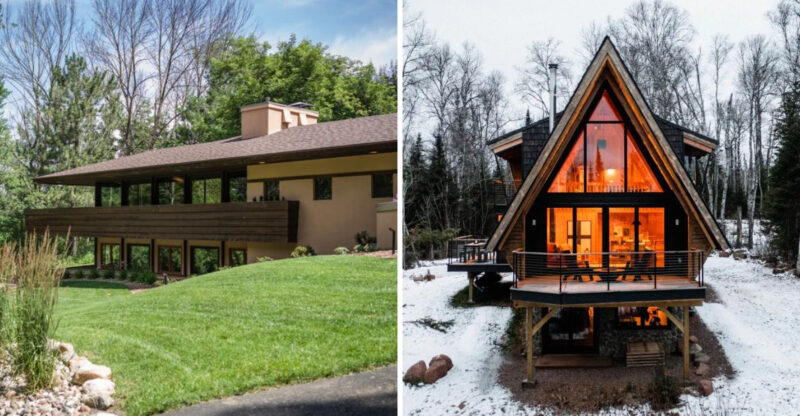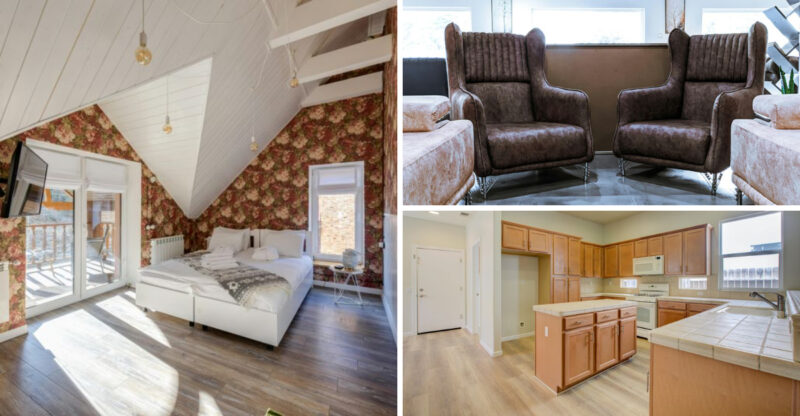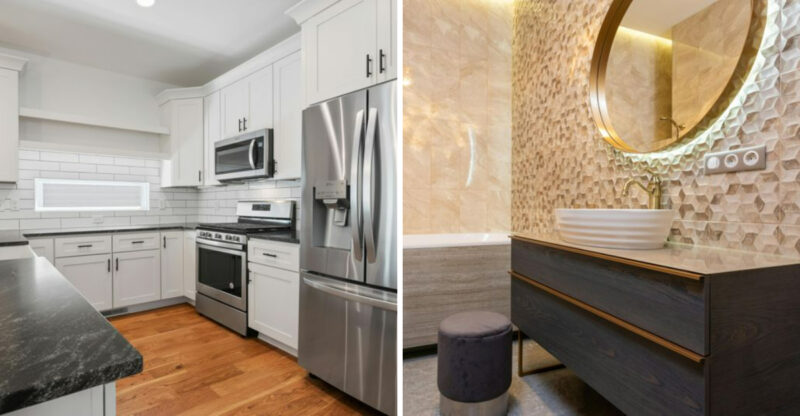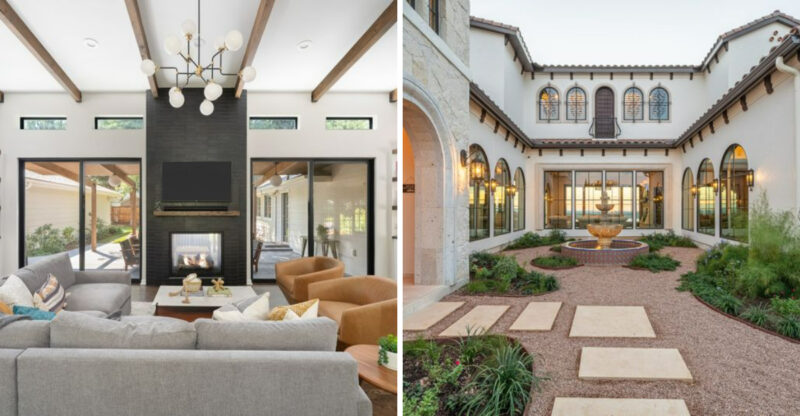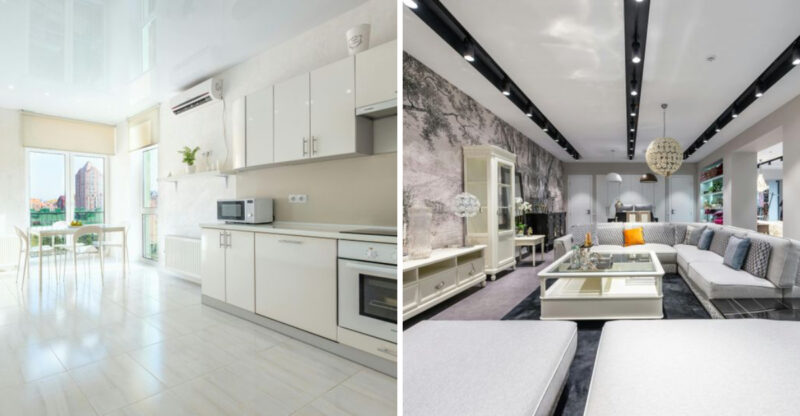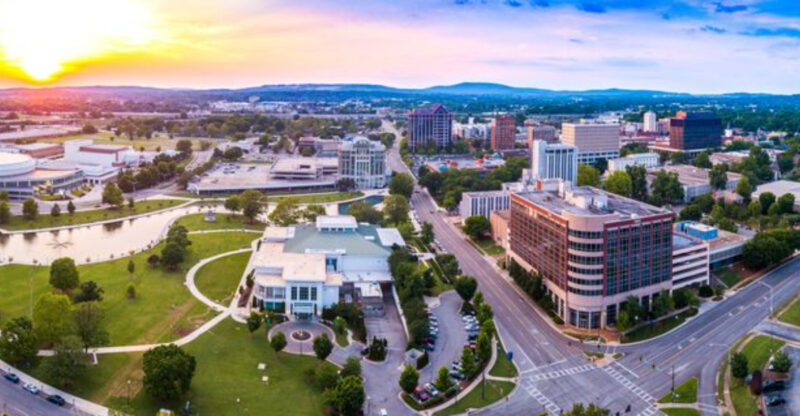4 Homes In Denver Likely To Decline In Value And 6 That Are Still Going Strong In 2025
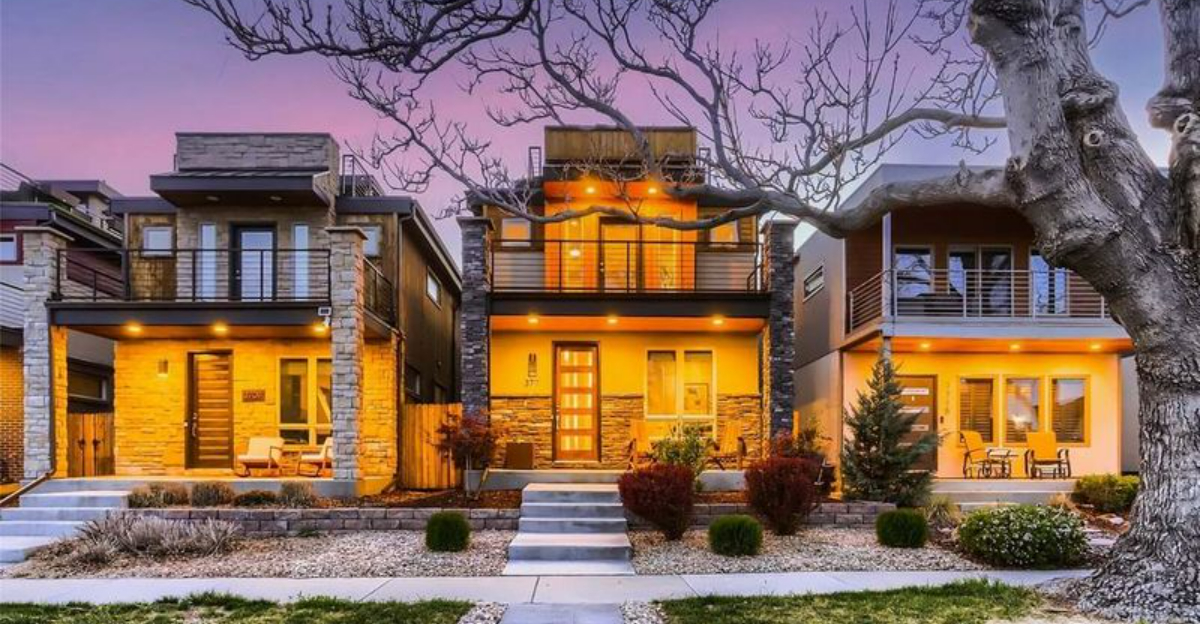
Denver’s real estate landscape isn’t what it used to be. With changing buyer preferences, rising costs, and shifting neighborhood appeal, certain homes are starting to lose the traction they once had. At the same time, others are quietly gaining value, sometimes where you’d least expect it.
If you’re thinking about buying or selling, knowing which homes are rising and which are falling could make all the difference.
1. Aging High-Rise Condos Near Downtown
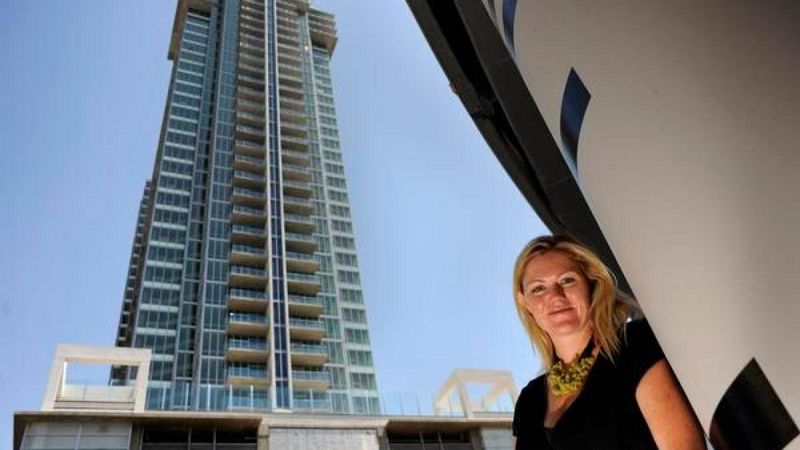
Older high-rise condos built before 2000 are facing tough competition from newer luxury developments. Many lack the amenities today’s buyers expect, like smart home features, modern fitness centers, and energy efficiency.
Maintenance costs keep climbing for these aging buildings, with special assessments becoming more common. This creates a double whammy of higher ownership costs and lower buyer interest.
Look for particular weakness in buildings with outdated HVAC systems and those requiring costly facade repairs in the coming years.
2. Homes Adjacent to I-70 Expansion Zones
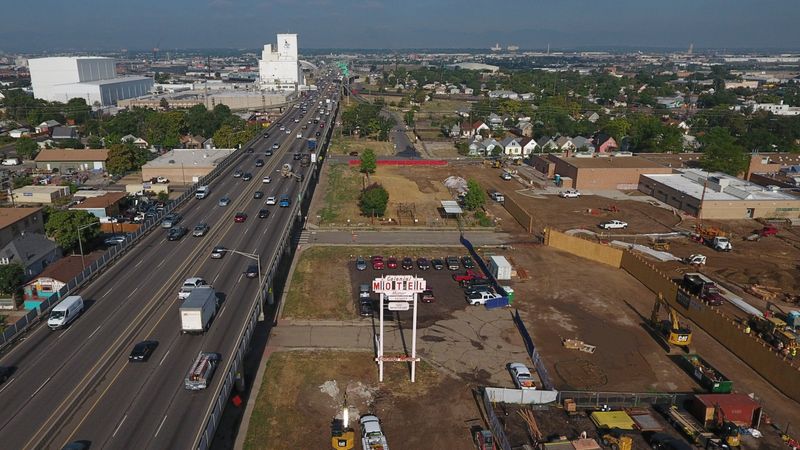
Properties near the ongoing I-70 expansion project face an uncertain future. Noise, dust and traffic disruptions are likely to continue to affect these neighborhoods, making them less attractive to potential buyers.
Environmental concerns also linger in these areas. Studies show proximity to major highways can impact air quality and create noise pollution issues that permanently affect property values.
Homes in Elyria-Swansea and parts of Globeville will feel the most significant impacts as construction continues.
3. Cookie-Cutter Suburban Developments from 2010-2015
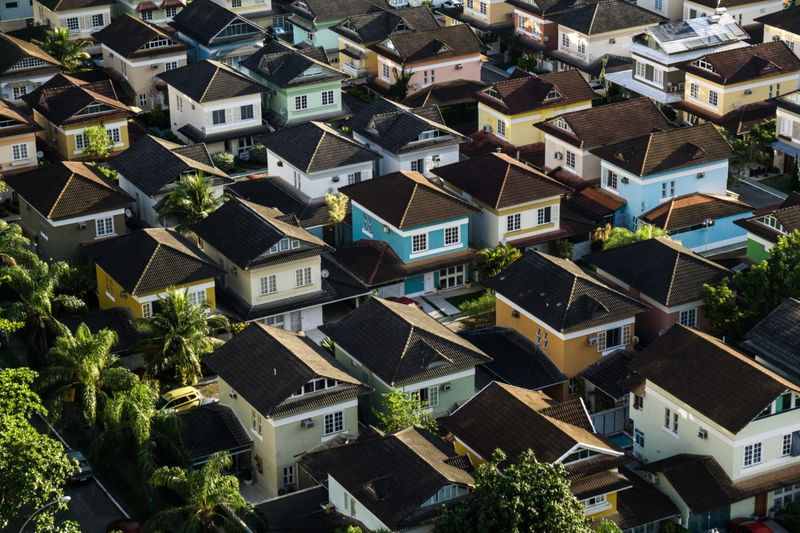
Remember that building boom after the last recession? Those nearly identical homes packed tightly together in far-flung suburbs are losing their appeal. Many were built quickly with lower-quality materials that are now showing their age.
Buyers increasingly reject long commutes and prefer homes with character. These properties also face competition from newer suburban developments with better amenities and more thoughtful designs.
Communities in far northeast Denver and Aurora are particularly vulnerable as buyers seek more distinctive homes or locations closer to urban centers.
4. Luxury Properties Over $2.5 Million
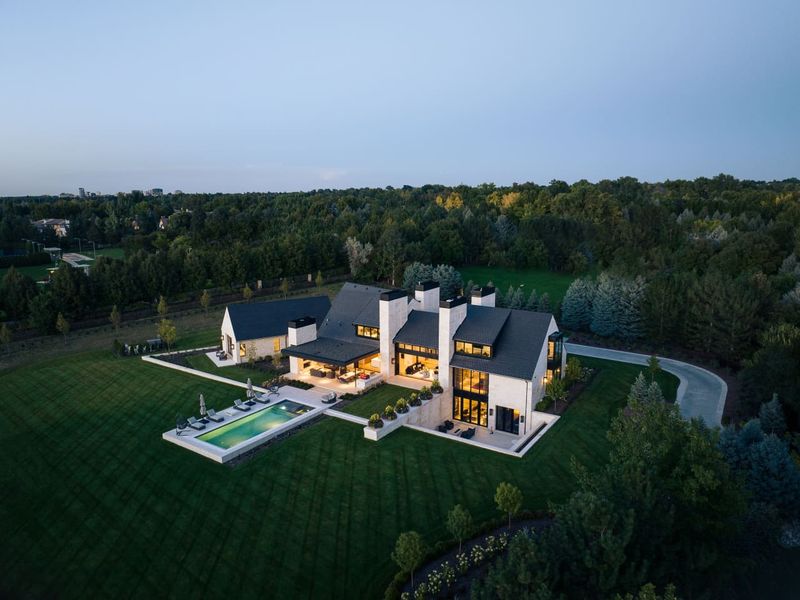
The ultra-luxury market is cooling fast. With interest rates higher than we’ve seen in years, fewer buyers can afford these premium properties, creating a supply glut at the top end of the market.
Foreign investment, which once propped up this segment, has slowed significantly. Many wealthy buyers are also exploring other markets like Austin, Nashville, or Boise that offer lower taxes and fresh opportunities.
Country Club, Cherry Creek, and Observatory Park properties over $2.5 million will likely see the largest price adjustments as sellers compete for a shrinking pool of qualified buyers.
5. Historic Homes in Well-Established Neighborhoods
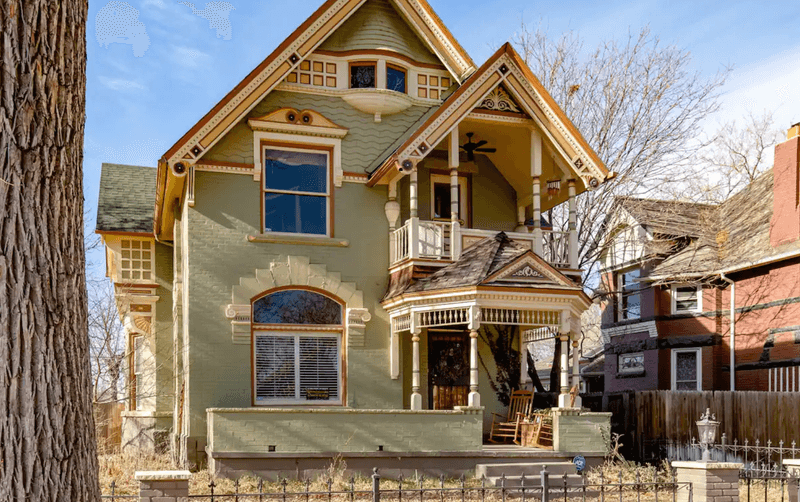
Character-rich properties in neighborhoods like Wash Park, Congress Park, and Platt Park continue attracting buyers willing to pay premium prices. The limited supply of these architectural gems creates built-in value protection even during market downturns.
Walkability to shops, restaurants, and parks adds tremendous appeal. Young professionals and families increasingly prioritize these lifestyle benefits over extra square footage in distant suburbs.
Homes with preserved historical details but updated kitchens and bathrooms perform especially well, offering the perfect blend of charm and modern convenience.
6. Mid-Century Modern Homes in Hilltop and Krisana Park
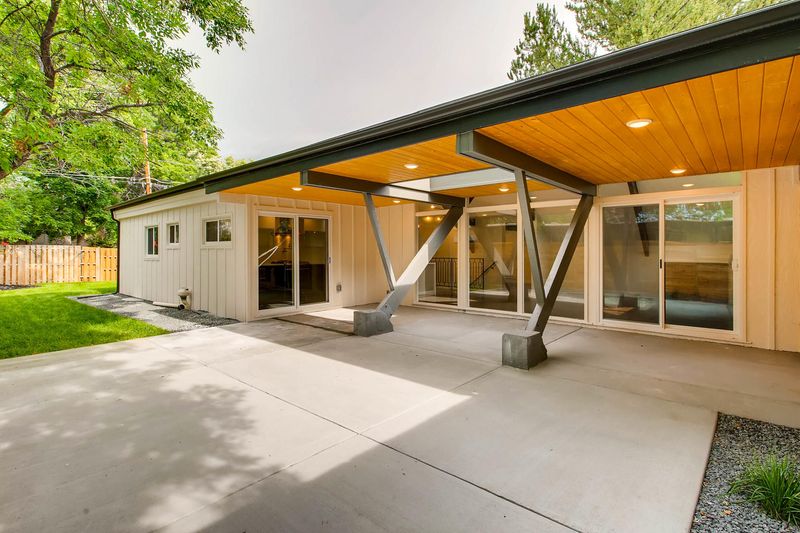
Mid-century modern homes have developed an almost cult-like following among design enthusiasts and young professionals. Their clean lines, open floorplans, and indoor-outdoor flow perfectly match contemporary lifestyle preferences.
Denver’s pockets of these architectural treasures, particularly in Hilltop and Krisana Park, remain in extremely high demand. The limited inventory of authentic mid-century homes creates competitive bidding situations even in slower markets.
Properties with original features like exposed beams, floor-to-ceiling windows, and period-appropriate landscaping command the highest premiums and strongest appreciation potential.
7. Transit-Oriented Developments Near Light Rail
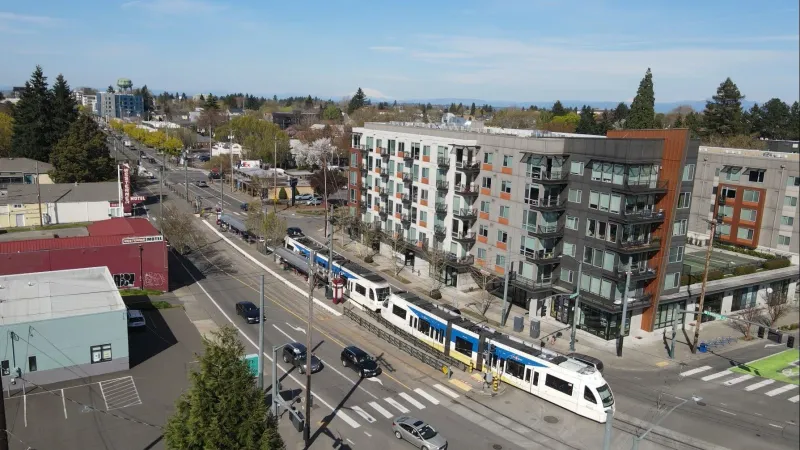
Homes and condos within walking distance of light rail stations continue outperforming the broader market. As traffic worsens and commuting costs rise, access to public transportation becomes increasingly valuable to buyers and renters alike.
Properties near the A Line to the airport show particular strength. Business travelers and airport employees willingly pay premiums for the convenience of easy airport access without parking hassles.
Look for developments like those near Yale Station and Alameda Station to maintain their value as Denver’s public transportation network matures and gas prices remain unpredictable.
8. Accessory Dwelling Unit (ADU) Properties
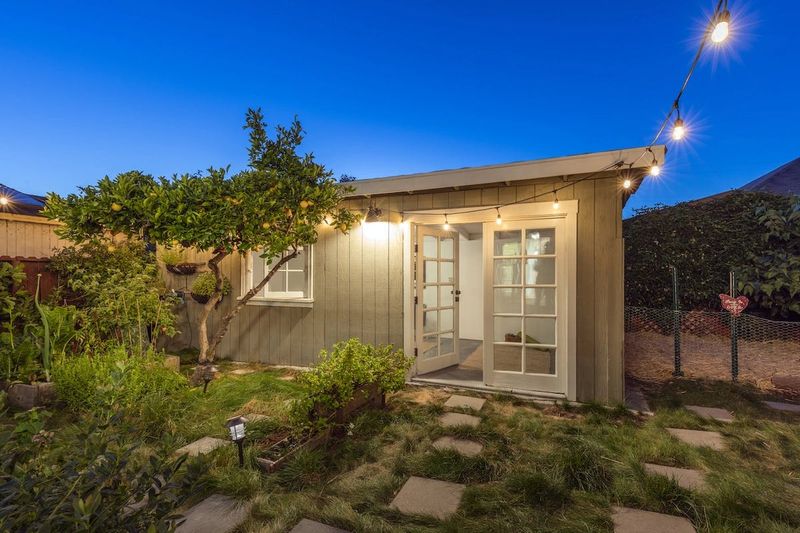
Homes with legal ADUs (granny flats, carriage houses, basement apartments) have become gold mines in Denver’s tight rental market. The rental income potential significantly boosts property values and attracts investors and homeowners looking for mortgage help.
Recent zoning changes have made ADUs legal in more neighborhoods. Properties already featuring these units have a massive head start over those requiring costly and time-consuming conversions or new construction.
Multi-generational families also prize these flexible living arrangements, creating another buyer pool for these versatile properties.
9. Highlands and LoHi Modern Infill Homes
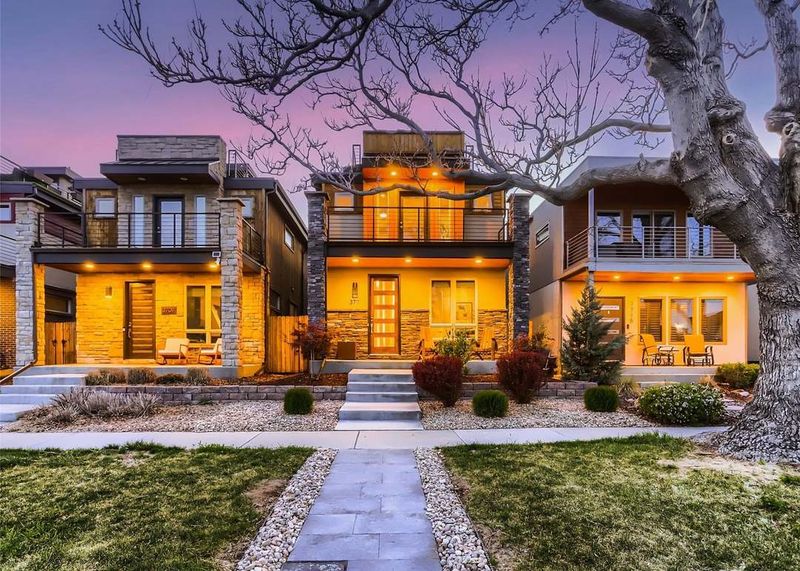
Modern infill properties in the Highlands and LoHi neighborhoods continue commanding premium prices despite market fluctuations. Their walkable locations, striking contemporary designs, and proximity to downtown make them perpetually desirable.
Rooftop decks with mountain and city views add significant value. Young professionals and empty nesters compete fiercely for these low-maintenance properties in vibrant, restaurant-rich neighborhoods.
Even as other segments cool, these urban homes with garage parking and high-end finishes maintain strong buyer interest and waiting lists at new developments.
10. Ranch Homes on Large Lots in Southeast Denver
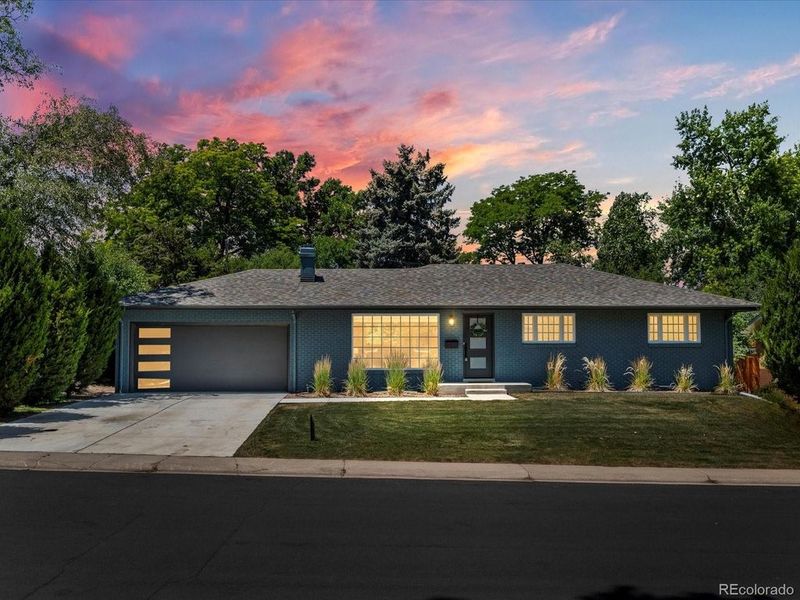
Single-level living has surged in popularity as baby boomers age and seek homes without stairs. Ranch homes in established southeast Denver neighborhoods like Virginia Village and University Hills offer this coveted layout with the bonus of generous lot sizes.
Renovation potential makes these properties especially attractive. Their simple structures and large lots provide ideal canvases for additions or modern updates while maintaining the convenience of main-floor living.
Young families also compete for these homes, appreciating the large yards and potential to expand as their families grow.

